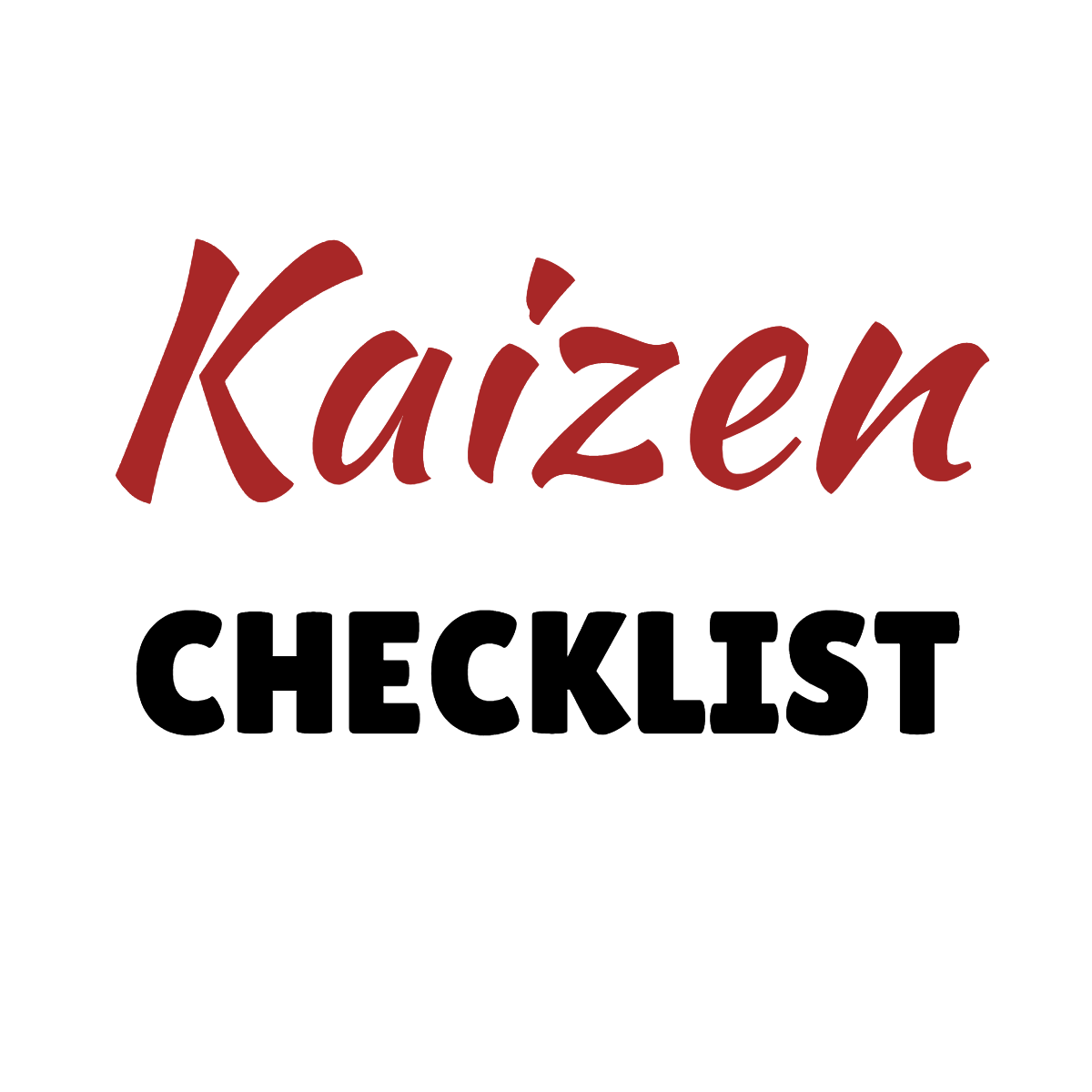I often get asked why I talk about Kaizen in certain situations and don’t just use the phrase ‘continuous improvement’. I live in the UK and a lot of people think that Kaizen is just a Japanese word for continuous improvement.
You can understand why they would think this. Continuous improvement is heavily discussed within most business circles. Likewise many Japanese businesses have been studied to understand how they they have achieved high levels of productivity and quality. Within the findings the topics of Lean and Kaizen are talked about. Squash this all together and you have a common Western translation of Kaizen being, simply, continuous improvement.
So, when people ask me “what is Kaizen?” I like to expand on the definition of continuous improvement by going back to the roots of this approach. When Deming worked with Toyota to help them improve and they felt paralysed by the scale of the change, this is where Kaizen was born.
Avoid paralysis
It wasn’t just about improving in a continuous manner, it was about taking small bite sized chunks that didn’t paralyse progress. This paralysis came from the ‘flight or fight’ response. When the challenge seems too great many people will avoid the challenge. This is especially the case when you have a heavy workload already, or fear getting the change wrong. This avoidance usually appears as procrastination. Have you seen that in your workplace?
Some people will take on the challenge; there’s always some people that will be ‘up for it’. This group don’t need Kaizen, it’s the rest of us that do!
0,The Kaizen ChecklistGet your projects moving
Kaizen is a fantastic strategy for getting projects moving. The confidence and learning that can come from implementing small changes can compound and this allows people to take larger and larger steps as they develop. I have personally seen my staff transform the performance of their business units beyond all recognition despite. These were the same people that were written off as managers and team leaders when I first met them.
Growing the confidence of your team is a brilliant way to move your business forward and Kaizen makes a huge difference this.
So, what is Kaizen really?
Stop thinking of it as just as another word for continuous improvement and rather see it as a really powerful psychological tool you can use on yourself and with your teams. You can improve a business process for sure, but you can build teams, deploy strategies and revolutionise working practices one nibble at a time.
Enjoy your next nibble,
Giles
